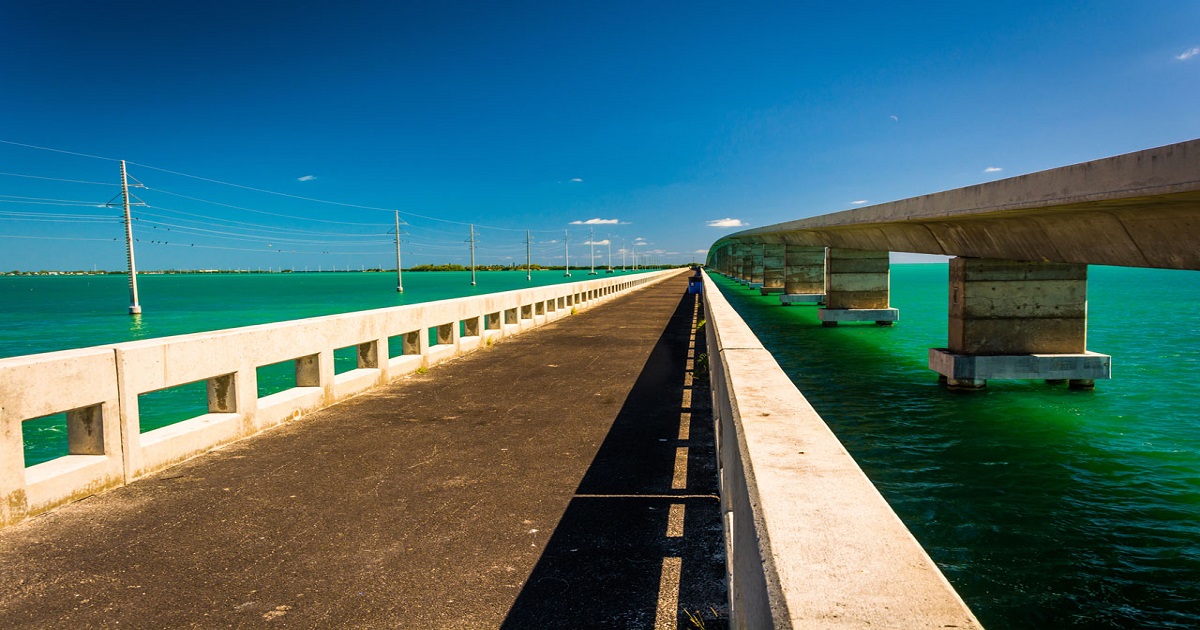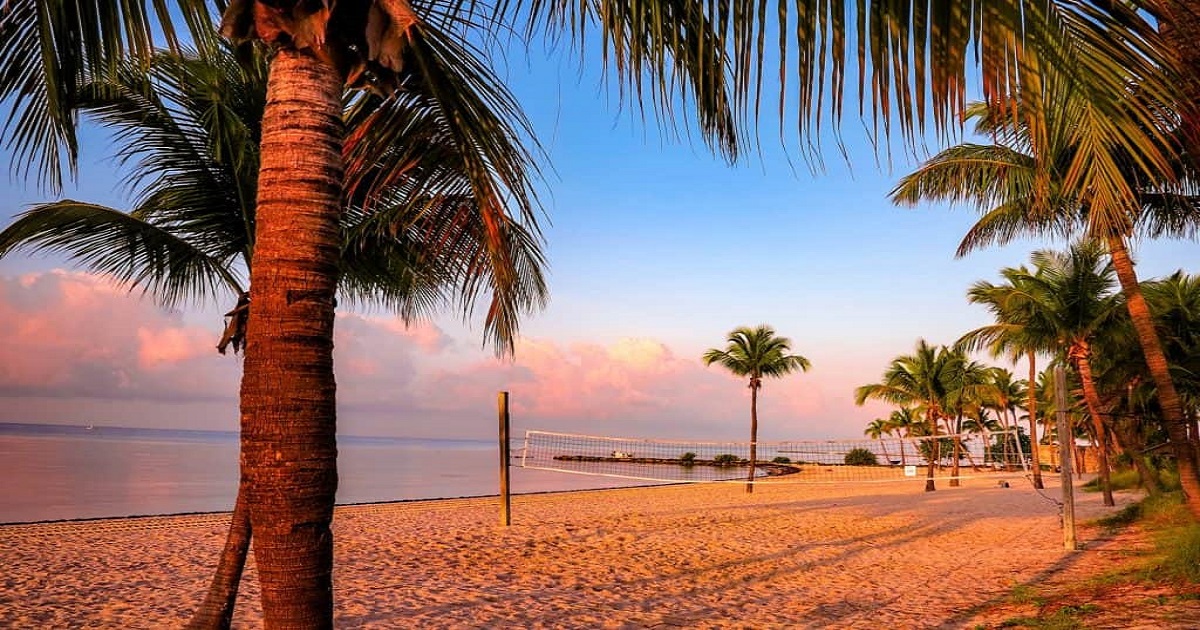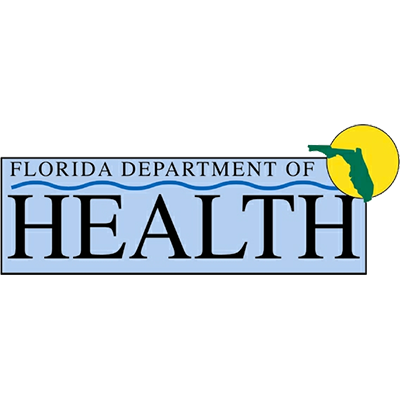Links to other resources: Residential Treatment, Detox, Part 1
Many times, on this blog, we have discussed barriers to care. Barriers to care, and the many reasons people do not receive treatment, are probably the most pressing problem facing the field of addiction treatment in 2022. Overdose, risk of death, and other serious risks from substance use disorders are likely the biggest problems facing drug and alcohol users, but as a community of treatment providers, barriers to care are a long-term debilitating issue that plagues our industry and facilities. In 2019, barriers to care were already the number one priority for fixing a broken treatment system, but the pandemic has made these problems much worse and much more glaring, as overdose deaths have more than doubled to over 100,000 deaths per year in the United States. According to “Breaking Down Barriers” by Dr. Suzette Glasner,
“Once the nation returns to prepandemic life, some of the devastating impacts of COVID-19 on everyday life will fade into memories of a prolonged, albeit temporary, surreal existence. Others will remain for months and perhaps years to come. Among those are the impacts on mental health and substance use, since these struggles reportedly affected as many as [51% of people].”
Even before the pandemic we had widespread barriers to care related to overall treatment capacity. There has never been enough Medication Assisted Treatment (MAT), inpatient rehab like our program at Florida Springs in Panama City, or mental health service providers that specialize in dealing with substance abuse disorders. Maybe even more importantly for a discussion about health and justice, we have never treated people with substance use disorder with anywhere near the same level of respect afforded to people seeking care for other medical disorders. Whether or not that is related to the fact that many people with substance use disorder have historically been from marginalized groups, including Native Americans and African-Americans, is a topic of great interest to many researchers, but at places like Florida Springs in Panama City we would like to see treatment capacity increase and barriers to care decrease for all people at this critical moment in history. Fentanyl, meth, and alcohol are killing unprecedented numbers of our friends and family members every day. Patients seeking the best drug and alcohol rehabs in Florida still see and experience any number of these barriers to care every single day.
Expanding Treatment Access Now
Ensuring that patients have information about the resources that communities can provide to address substance use, coupled with access to treatment, which must include medication-assisted treatment, is key. According to Dr. Glasner, “Medication-assisted treatment (MAT) combines medication to mitigate cravings and stabilize the brain’s reward system with counseling to address the necessary lifestyle changes and coping skills to optimize long-term addiction recovery.” Although historically various policy-related barriers stem from insurance and funding shortfalls, studies show that since the Mental Health Parity and Addiction Equity Act of 2008 was passed, health plans have slowly begun to pay for a much broader range of addiction care services, including MAT and inpatient rehab. At Florida Springs in Panama City, we have seen some positive signs for people with insurance, even as the system remains frustrating at times, and getting people with Medicaid and Medicare into treatment is always challenging. Nevertheless, information and access aren’t quite enough to get someone in need of treatment in the door. Studies show that one of the most consistent themes related to hesitancy to seek care, particularly in an employed population, is the concern about confidentiality. Naturally, this is closely tied to concerns about being stigmatized for having an addiction. On this subject, Hughes et al. notes that,
“A social justice framework to SUD and harm reduction programs must address Black and Latinx community distrust of health interventions from medical institutions, which stems from current and past systemic exclusions and abuses enacted through traditional health care system approaches.”
There is also evidence that the Covid-19 pandemic has added to some people’s hesitancy to seek medical care. Hughes et al. speaks about how powerful individual programs can be to increase trust in the black community, often lead by community faith leaders and community medical practitioners, and that model might be beneficial all over the country as we try to increase willingness for people to seek mental health care and decrease stigmatization when doing so.
Digital Care Initiatives
Dr. Raymond Pomm, one of our founders at Florida Springs Wellness and Recovery Center in Panama City, has been a long-time proponent of telehealth. Telehealth is often defined as using technology, such as Skype and Zoom, to connect patients with counseling services. Dr. Glasner points to several other possibilities for this type of technology that might help decrease barriers to care in our treatment systems. According to her book “Breaking Down Barriers”,
“Digital health interventions in the area of problematic substance use provide a range of services including remote monitoring, individual psychotherapy and check-ins from a dedicated counselor, connected devices to measure progress (for example, a carbon monoxide monitor to measure tobacco use status or a breathalyzer to assess alcohol use status), personalized graphs summarizing progress, counselor support between therapy sessions via instant messaging, peer support and prescription medications to curb cravings.”
Hopefully as telehealth initiatives continue to show results, we can expand the use cases for this powerful new treatment protocol. The existing barriers to care are so well entrenched we need every possible tool at our disposal in order to overcome access issues, stigma, economic hardship, and bureaucracy and shortcomings in our legal framework that cause patients to not reach effective treatment programs. If you or a loved one needs the best drug and alcohol rehab in Florida, please contact Florida Springs Wellness and Recovery center today. We will continue to discuss barriers to care and how our industry can continue to overcome these very prevalent barriers and shortcomings.
By T.A. Cannon
References
- Breaking Down Barriers by Suzette Glasner, PhD.
- HUGHES, M. et al. The Crucial Role of Black, Latinx, and Indigenous Leadership in Harm Reduction and Addiction Treatment. American Journal of Public Health, [s. l.], v. 112, n. S2, p. S136–S139, 2022. DOI 10.2105/ajph.2022.306807. Disponível em: https://search.ebscohost.com/login.aspx?direct=true&AuthType=sso&db=c9h&AN=156020831&site=eds-live&scope=site. Acesso em: 2 jun. 2022.




